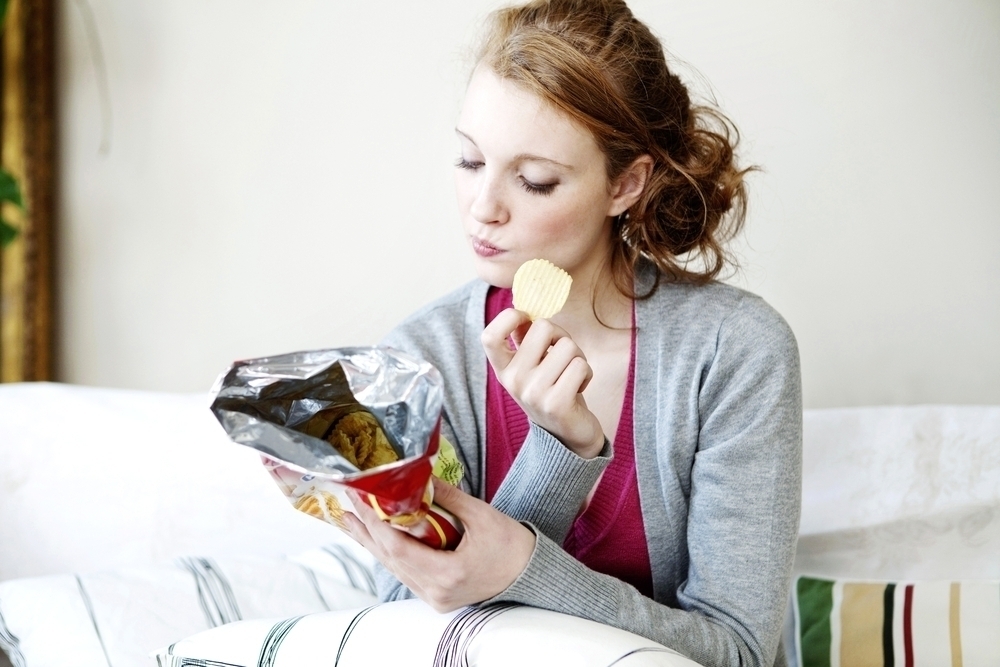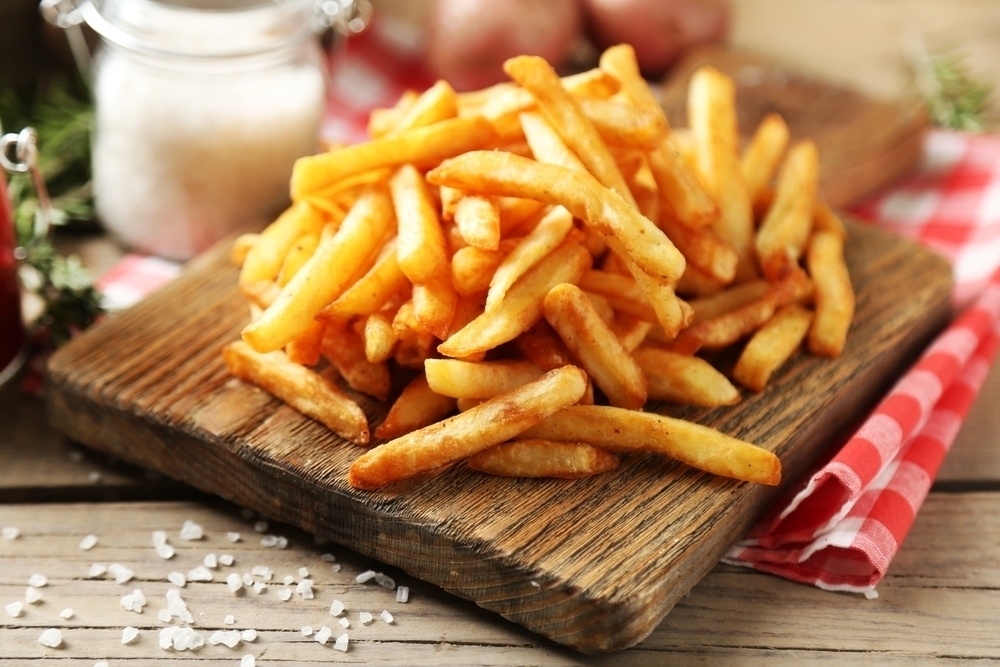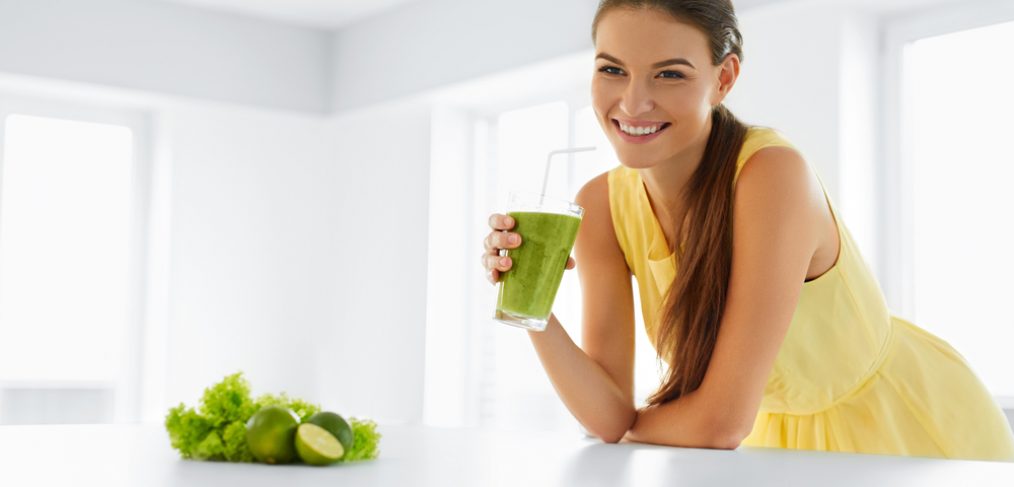If you’re planning to give up sugar, the first thing you need to realize is, it’s going to be tough. You may have seen articles about how you can, “Give up Sugar In Ten Easy Steps.” Well, you can omit the easy part. These articles will probably tell you that if you realized how much sugar was in your favorite candy bar, you wouldn’t eat it. The truth is, once you realize what the sugarless version of the candy bar tastes like, you’ll be running back to the original. The second thing you need to realize about giving up sugar is, it may be worth it. Here are some of the facts on living a sugar-free lifestyle.
Why Is Sugar Bad?
Worsens Cholesterol
Scientists have found a definite link between sugar and high levels of blood fats. Studies show that eating sugar can more than triple the odds of having low HDL cholesterol levels, which are strongly associated with heart disease.
Sugar and Diabetes
Although eating sugar does not cause diabetes, higher sugar intakes have been linked to the disease. According to Rachel K. Johnson, RD, it may be that the sugar contributes to obesity, which, in turn, raises the risk for diabetes. She says, “It may be because the sugar-sweetened beverages are associated with higher BMIs or associated with overweight and obesity, which we know is a risk factor for diabetes.”
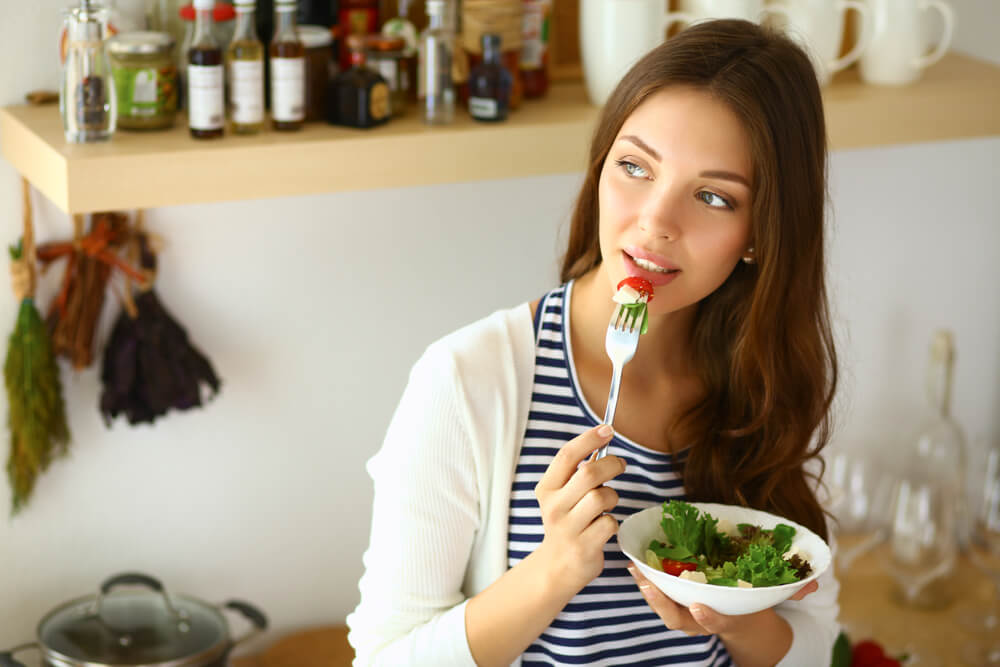
Living Sugar-Free
It has been said that withdrawing from sugar may cause the same neurological symptoms as quitting morphine, nicotine, cocaine, and alcohol. If you think you’re up to the challenge, here are a few pieces of advice.
Don’t Use Artificial Sugar Substitutes
Most scientists agree that replacing sugar with artificial substitutes is just trading one bad habit for the other. By still fulfilling your craving for sweetness, you are leaving yourself open to sugar temptations. The real trick is to trade the sweet stuff for the savory, or as Kristine Kirkpatrick MD recommends, trading “licorice for salmon.”
Don’t Go Fat-Free
Fat-free doesn’t mean sugar fee. In fact, many fat-free products have higher sugar levels to compensate for the lack of fat. Fat-free angel cake has 20 more grams of sugar per slice than the sugary version. A better solution is to keep monosaturated fat-containing products, like salad dressing and peanut butter to the full-fat variety and avoid saturated fats, found typically in cookies, cakes, and muffins.
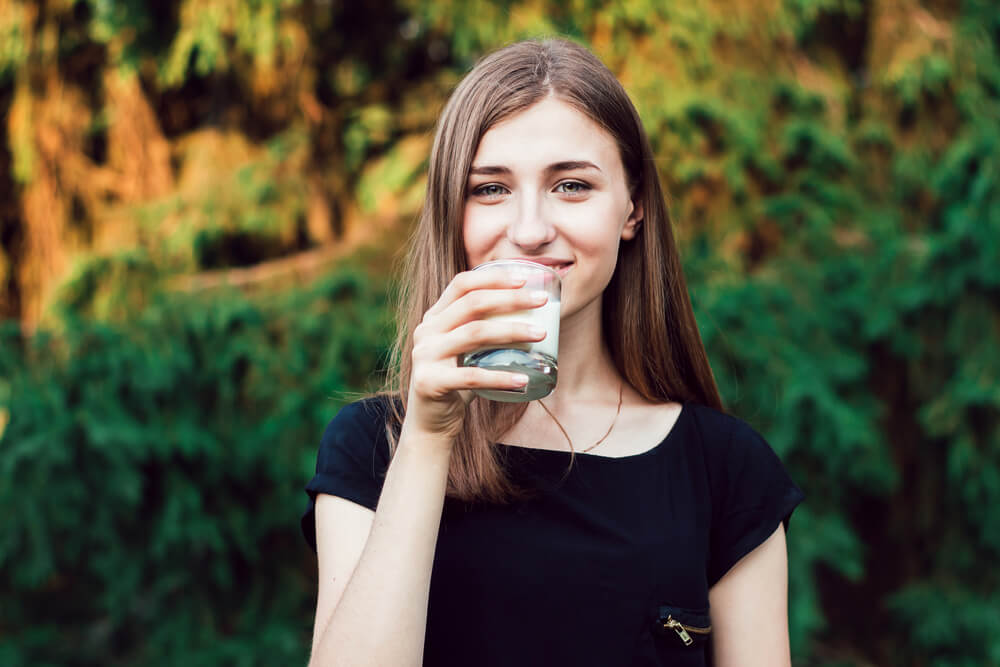
Exercise and Drink Milk
One thing that makes sugar hard to kick is the feel good factor. Sugar has been shown to stimulate reward mechanisms within the brain. One study shows that consuming whey protein ( a major component of milk) has a similar effect. Milk increases serotonin levels in the brain known to cause mood elevation and therefore may make a good replacement for the “sugar high.” Exercise has been proven to have similar effects.
Keep Healthy Snacks On Hand
Keeping healthy, sugar-free food options close by are a good way of avoiding the temptation to grab the occasional ice cream or candy from the vending machine. Nuts, raisins, fruit, and cheese are all options for replacing sugar loaded snacks. Try to keep them within reach, glove compartments, purses, and desk drawers are all handy places for a healthy stash.
If you’re quitting, or have quit sugar, let us know how you’re handling the challenge. Let us know what you’re doing to keep sugar free.





